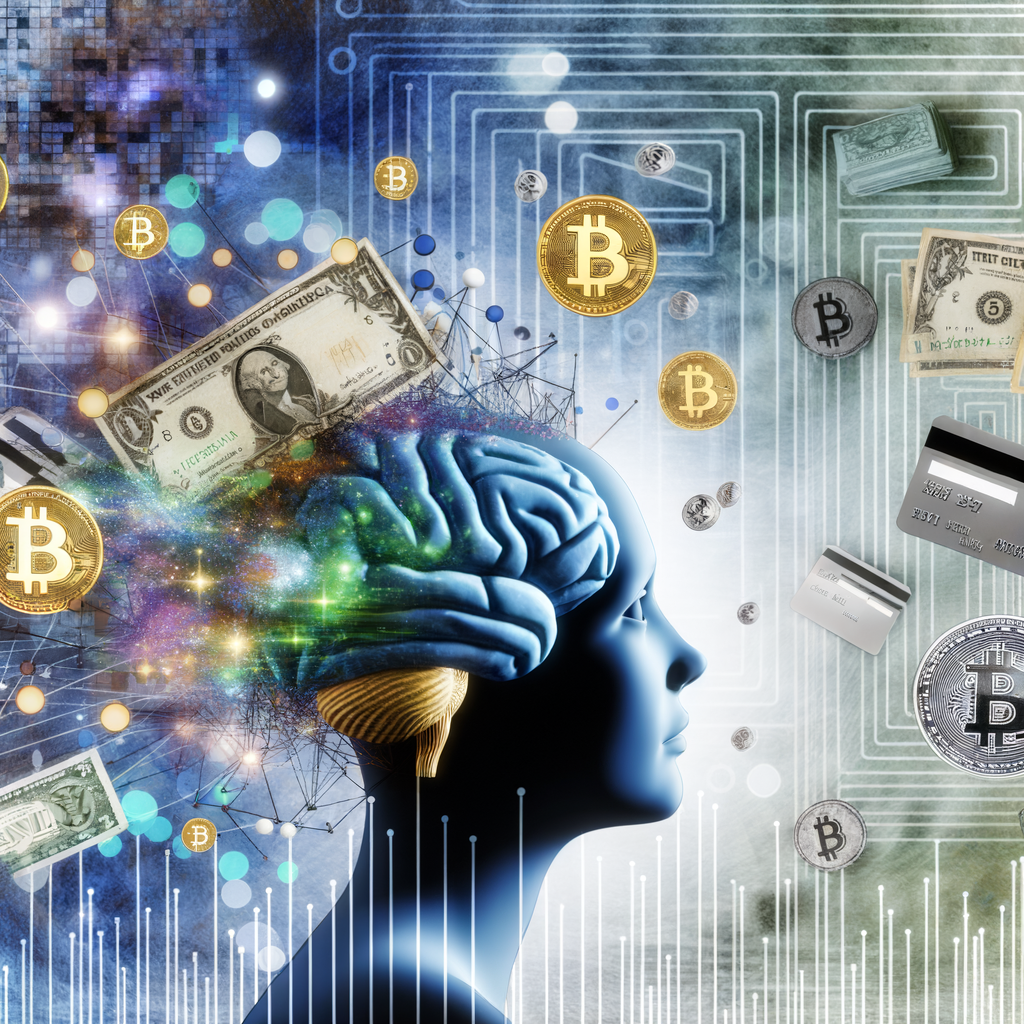Understanding the Confusion Surrounding Money in Today’s World
In a world that is increasingly interconnected and digitally driven, the concept of money has undergone a transformation that has left many scratching their heads. This article aims to dissect the complexities and shed light on the multifaceted nature of money in the contemporary era.
The Evolution of Money
The journey of money from bartering to digital transactions is nothing short of fascinating. This evolution can broadly be broken down into several key stages:
- Bartering: The earliest form of trade involved direct exchange of goods and services.
- Commodity Money: Objects like gold and silver became mediums of exchange due to their intrinsic value.
- Fiat Money: Governments began issuing currency that had value because they decreed it.
- Digital and Cryptocurrencies: The latest chapter involves electronic money and decentralized cryptocurrencies like Bitcoin.
Bartering to Commodity Money
Bartering, while simple, had significant limitations such as the “double coincidence of wants,” meaning both parties had to want what the other offered. This inefficiency led to the adoption of commodity money, where certain objects became universally accepted as valuable.
Fiat Money’s Dominance
Governments eventually moved to a system of fiat money, where the value comes from legal decree rather than intrinsic value. This shift facilitated more abstract and extensive economic activities but also introduced new risks such as inflation.
The Advent of Digital Currency
We are currently in the era of digital currencies, a development that has not only confused traditionalists but has also democratized financial transactions.
Cryptocurrencies
Cryptocurrencies like Bitcoin and Ethereum have introduced a decentralized form of digital money. These assets are not controlled by any single entity, making them attractive but also volatile:
- Transparency: Blockchain technology ensures transparent transactions.
- Security: Cryptocurrencies use advanced cryptographic techniques.
- Volatility: The lack of regulatory oversight leads to price swings.
The Psychological Value of Money
Understanding money’s psychological aspect is crucial. People often attach an emotional value to money, influenced by cultural, social, and personal factors. This complex relationship impacts consumption patterns and saving behaviors.
Money and Identity
Money often serves as a marker of identity and status in society. The way people spend and save is influenced by their values and societal pressures.
- Materialism: For some, wealth accumulation is a measure of success.
- Financial Security: Others view money primarily as a safety net.
- Generosity: Some see their wealth as a means to help others.
Behavioral Economics
The field of behavioral economics provides insights into the seemingly irrational ways people interact with money. Concepts like loss aversion, where the pain of losing money is greater than the pleasure of gaining it, play a significant role in decision-making processes.
The Impact of Technology on Money Management
Technology has revolutionized the way we manage our finances. Mobile banking, online investment platforms, and payment apps have made financial management more accessible but also more complex.
Mobile Banking
The rise of mobile banking has made financial services available at our fingertips. Key features include:
- Accessibility: Bank anytime, anywhere.
- Instant Transactions: Quick transfers and payments.
- Financial Planning Tools: Budgeting and saving features.
Automated Financial Services
Robo-advisors and automated investment platforms have democratized wealth management, making it accessible to those who may not have significant capital or knowledge about markets. These platforms offer:
- Low Fees: Reduced costs compared to traditional financial advisors.
- Personalized Advice: Algorithms provide tailored investment strategies.
- Accessibility: Available to anyone with an internet connection.
Conclusion
The confusion surrounding money in today’s world is understandable, given its complex evolution and the rapid technological advancements. However, understanding its history, psychological aspects, and the role of technology can help demystify it. Money is no longer just a medium of exchange; it is a dynamic, multifaceted entity that shapes and is shaped by societal and technological changes.
As we continue to navigate this evolving landscape, staying informed and adaptable will be key to managing our financial future. In an era where even the concept of money is continuously being redefined, knowledge remains our most valuable asset.



